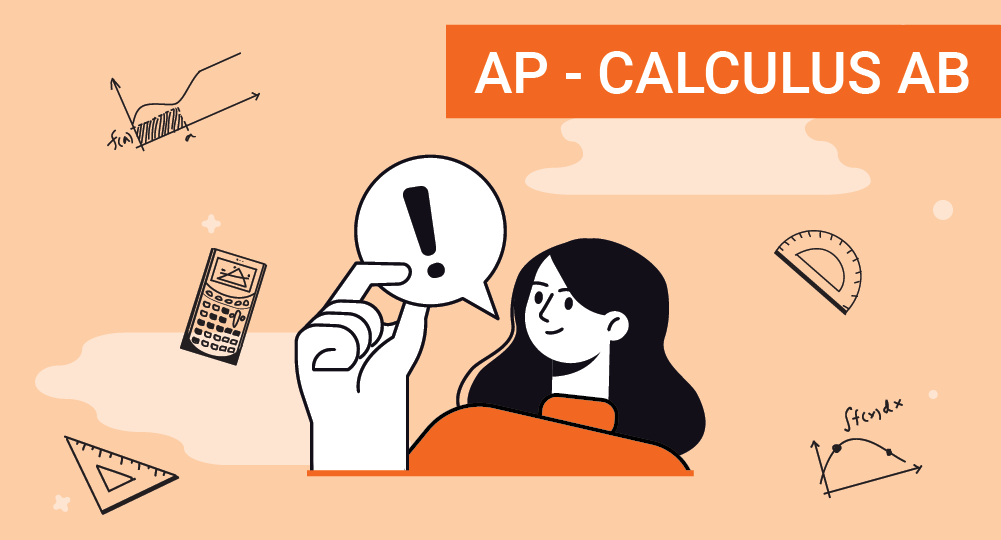
Grade 5 English
Grade 5 English curriculum is designed to enhance and push the boundaries of students' language arts and reading abilities by introducing them to more intricate texts and advanced writing structures. Throughout this course, students acquire the skills to construct, substantiate, and refine a coherent progression of ideas in their writing, ensuring that they effectively communicate a central point or message to their readers. Furthermore, fundamental aspects of the English language such as phonics, etymology, vocabulary, spelling, and grammar are revisited and reinforced.
What you'll learn
- 1
Nouns and pronouns: Common nouns, proper nouns, concrete nouns, abstract nouns, collective nouns, personal pronouns, subject pronouns, object pronouns, possessive pronouns, relative pronouns, demonstrative pronouns, indefinite pronouns, reflexive and intensive pronouns
- 2
Verbs and tenses: Verb basics, present tense, past tense, future tense, progressive tense, perfect tense, subject-verb agreement
- 3
Adjectives and adverbs: Identify adjectives, identify adverbs, comparative and superlative forms, order of adjectives, recognize adverbs of frequency, use adjectives and adverbs in writing
- 4
Punctuations: Periods, commas, quotation marks, apostrophes, colons, semicolons
- 5
Prepositions and conjunctions: Prepositional phrases, prepositions of time, place, movement, cause and effect, etc., coordinating conjunctions, subordinating conjunctions, correlative conjunctions, conjunctions in complex and compound sentences
- 6
Objects and Voices: Active and passive voice, direct and indirect objects
- 7
Articles: Articles omission, sentence construction with articles, rules of articles
- 8
Writing: Fiction and non-fiction writing
- 9
Vocabulary: Antonym, synonyms, affixes
- 10
Reading: Main idea, theme, inference, figures of speech, author’s purpose
Skills you'll learn
Distinguish between general and specific names for people, places, and things; recognize tangible vs. intangible concepts; identify words that refer to groups or collections of items; understand when to use pronouns as subjects or objects in sentences; use pronouns to show ownership, to point to specific items, to refer to unspecified items or people; use pronouns to connect clauses, and differentiate between reflexive and intensive pronouns used for emphasis or reflection
Frame grammatically correct sentences with different tenses using correct form of verbs, conveying actions in different timeframes, and maintaining subject-verb agreement
Use possessive, comparative and superlative adjectives to describe nouns; use comparative forms of adverbs; use time, place, manner, and degree adverbs appropriately to describe actions, events, or situations in a more detailed and nuanced manner
Master the use of punctuation for sentence endings, employ commas for clarity, correctly punctuate direct speech with quotation marks, and appropriately indicate possession and contractions; utilize colons and semicolons for organizing sentences, connecting related concepts, and introducing lists
Frame sentences with the help of prepositions and conjunctions. Link words, phrases, or clauses to form sentences with the help of conjunctions. Use prepositions to show relationships between nouns (or pronouns) and other elements in a sentence, such as location, time, or direction
Write instructions about how things are made or prepared; changing active forms of verbs to passive forms and vice versa based on the appropriate contexts
Master articles (a, an, the), choose the right one based on context, apply rules for singular and plural nouns, and know when to omit articles in specific situations
Compose diverse texts, both familiar and unfamiliar, with proper grammar; utilize various text structures like recounts, narratives, procedures, poems, and information reports; apply the writing process consistently; display comprehension by selecting relevant vocabulary, phrases, and punctuation for personal writing; ensure legible handwriting
Use strategies like figuring out word meanings from parts and context, using prefixes, suffixes, and roots, sorting words into categories, finding synonyms, antonyms, homonyms, and homophones, following pronunciation rules, and referring to dictionaries and thesauruses to understand words and concepts
Understand and analyze different texts (fiction, non-fiction, and poetry)




















